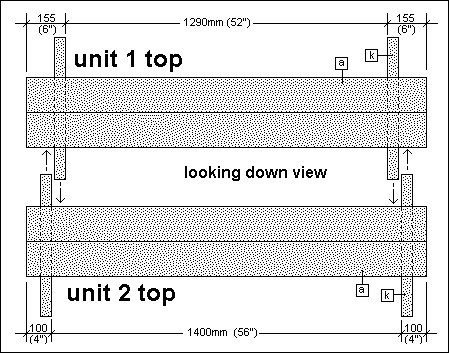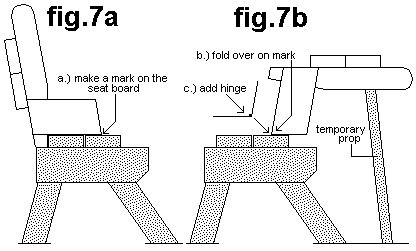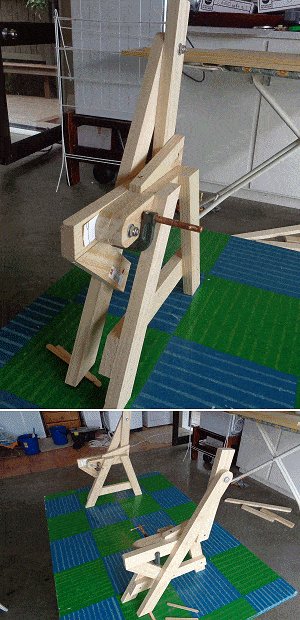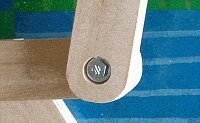Contents
A plunge base router is a type of power tool that can be used for cutting and shaping wood. It has the same general purpose as a fixed-base router, but it differs in that you can control the depth and height of the cut by moving (or plunging) the cutter up and down on the workpiece with your hand instead of adjusting it from above with a guide or fence. In this article, we will discuss what makes these routers different from other types, give some best practices for using them, list their pros and cons, as well as provide some advice on which type might be right for you.
Why would I need a plunge base router?
Plunge base routers are often used for cutting joints, such as mortises and tenons, in furniture making. They can also be used for shaping curved pieces of wood or making decorative edges. Unlike a fixed-base router, where the bit is held stationary and the workpiece moves against it, with a plunge base router you can move the bit up and down to cut at different depths. This makes them ideal for precision work, especially when working with smaller pieces of wood.
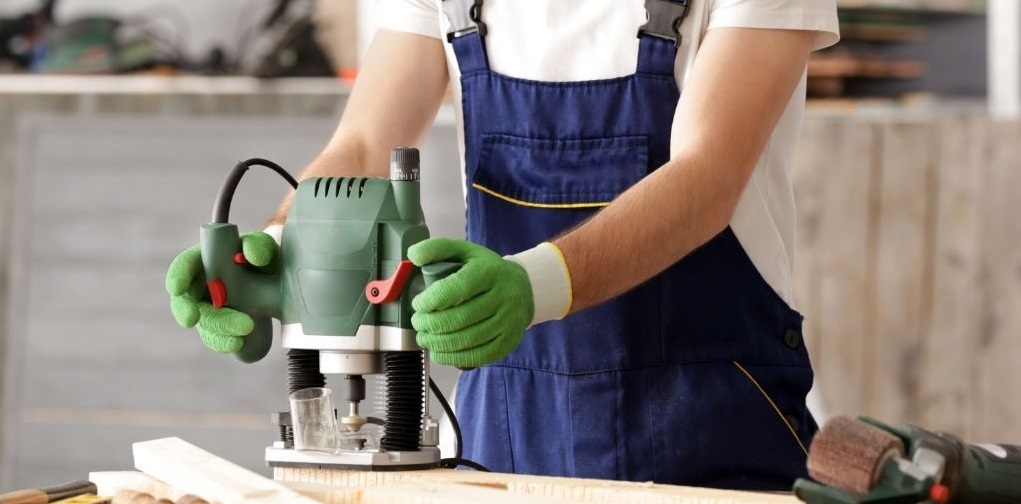
Pros and cons of using a plunge base router
There are a few things to keep in mind when using a plunge base router. First, they can be more dangerous than other types of routers because the bit is moving up and down as you work. Make sure to always use caution and read the manufacturer’s instructions carefully. Second, they require more skill to use than fixed-base routers. If you are new to using power tools, we recommend starting with a fixed-base router before trying a plunge base router. Finally, plunge base routers tend to be heavier and less portable than other types.
On the plus side, plunge base routers offer more flexibility and control when cutting joints or shaping wood. They are also great for making precision cuts in smaller pieces of wood. Additionally, since the bit is moving up and down, it can be used to cut mortises in the middle of a workpiece.
However, because they are more dangerous to use and require more skill, we don’t recommend them for beginners. They also tend to be heavier and less portable than other types of routers. If you are looking for a router that you can take with you on the go, a plunge base router may not be the best option.
In conclusion, if you are looking for a tool that offers precision control when cutting joints or shaping wood, a plunge base router is a great option. However, keep in mind that they require more skill to use than other types of routers and can be more dangerous. Be sure to read the manufacturer’s instructions carefully and use caution when using them.
[su_row class=”pros-cons-li”][su_column size=”1/2″][su_box title=”Pros” box_color=”#5d9c42″ radius=”0″][su_list icon=”icon: thumbs-o-up” icon_color=”#5d9c42″]
- Offer more flexibility and control when cutting joints or shaping wood.
- Great for making precision cuts in smaller pieces of wood.
- Can be used to cut mortises in the middle of a workpiece.
[/su_list][/su_box][/su_column] [su_column size=”1/2″][su_box title=”Cons” box_color=”#c92228″ radius=”0″][su_list icon=”icon: thumbs-o-down” icon_color=”#c92228″]
- Require more skill to use than other types of routers.
- Can be more dangerous than other types of routers.
- Heavier and less portable than other types of routers.
[/su_list][/su_box][/su_column][/su_row]
Other uses for the plunge base router
A plunge base router can be used for more than just cutting joints. For example, you could use it to drill holes in door casings or furniture before inserting locksets and deadbolts. You may also find that they are useful when installing hinges on cabinets or doors since you can make accurate cuts with them around the edge of a workpiece.
Plunge routers have other uses besides making precision cuts and shaping wood. They can even be used to install locksets and deadbolts into wooden door casings! Or maybe you need one while hanging cabinet hardware? Plunge routers might come in handy there too!
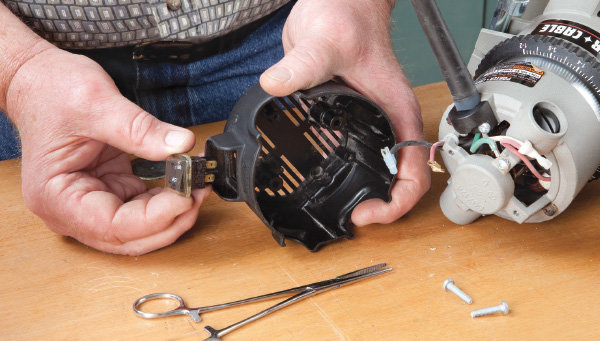
Tips and tricks for using a plunge base router
First, make sure that your work area is clear of anything you do not want to cut or drill. Also, be sure to wear eye protection while operating the router and always use caution when using power tools. Second, before making any plunge cuts with a router bit make sure it’s securely attached to the collet in the router base.
Third, when using a plunge base router it’s important to maintain control of the tool at all times. This can be done by using both hands to hold onto the handles and keeping your fingers away from the bit. Finally, always use a straight edge when making precision cuts with a plunge base router.
By following these tips you can help ensure the safe and accurate operation of your plunge base router.
[su_list icon=”icon: arrow-circle-right” icon_color=”#4f8901″]
- Make sure the work area is clear before beginning.
- Wear eye protection while operating.
- Keep fingers away from the bit.
- Use both hands to hold onto handles.
- Maintain control of the tool at all times.
- Always use a straight edge for precision cuts.
[/su_list]
Conclusion
A plunge base router is an incredible tool for any woodworker. They can use it to create all sorts of different shapes and designs that would be difficult or impossible with a handheld router, which makes the plunge base router perfect for creating chairs, tables, cabinets, and other furniture pieces. If you’re looking for something new and exciting in your workspace then we suggest giving the plunge base routers a try!

